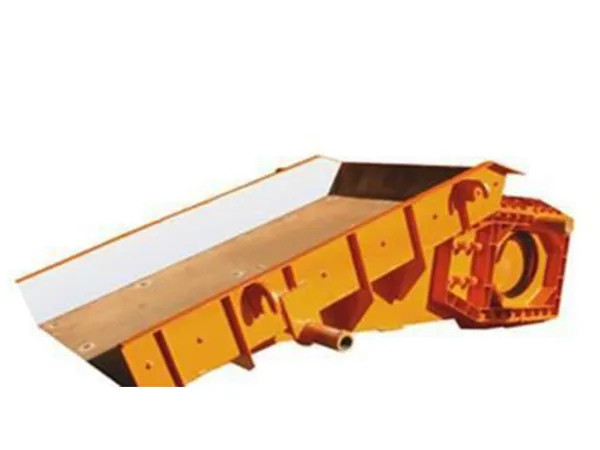Vibrating feeder is a kind of equipment that uses the principle of mechanical vibration to make the working parts produce periodic motion, so as to transport materials. It is widely used in the power, building materials, coal mining, metallurgy, chemical industry, grain and other industries to transport various non-viscous bulk materials. Its design is a complex process involving multidisciplinary knowledge, which requires comprehensive consideration of multiple factors such as machinery, materials, dynamics, etc.Designing a vibrating feeder involves several key calculations to ensure that the feeder operates efficiently and effectively. Here is a step-by-step guide to help you with the calculations:

1. Determine the Capacity
The capacity of a vibrating feeder is usually given in tons per hour (TPH). To determine the capacity:
Q=3600*A*V*D*w*efficiency
where:
Q = Capacity (TPH)
A = Cross-sectional area of the material bed on the feeder tray (m²)
V = Velocity of the material on the feeder tray (m/s)
D = Density of the material (kg/m³)
w = Width of the feeder tray (m)
efficiency = Efficiency factor (usually between 0.75 and 0.9)
2. Calculate the Cross-sectional Area (A)
The cross-sectional area can be calculated based on the shape and dimensions of the feeder tray:
A=Width×Height
3. Calculate the Velocity (V)
The velocity can be determined using the stroke and frequency of the feeder:
...
For more detailed information on vibrating feeder design calculation, please click here: https://www.zexciter.com/en/a/news/vibrating-feeder-design-calculation.html